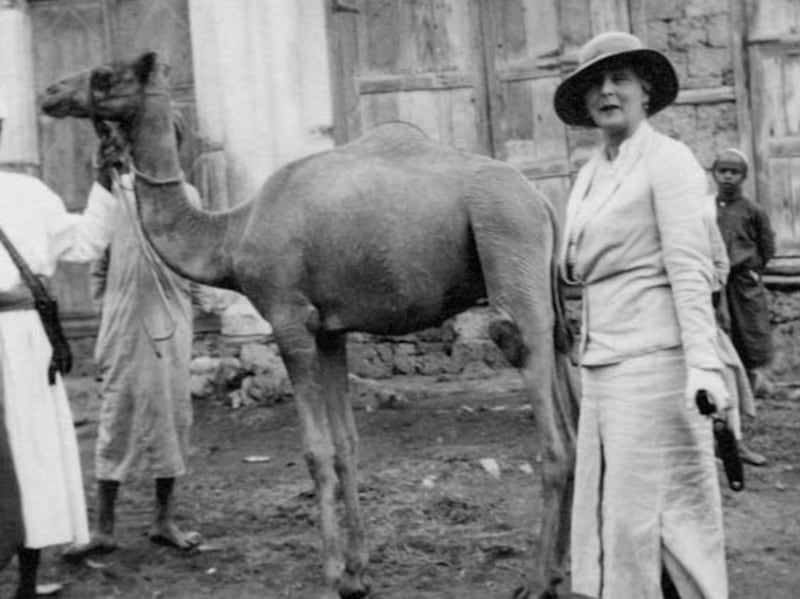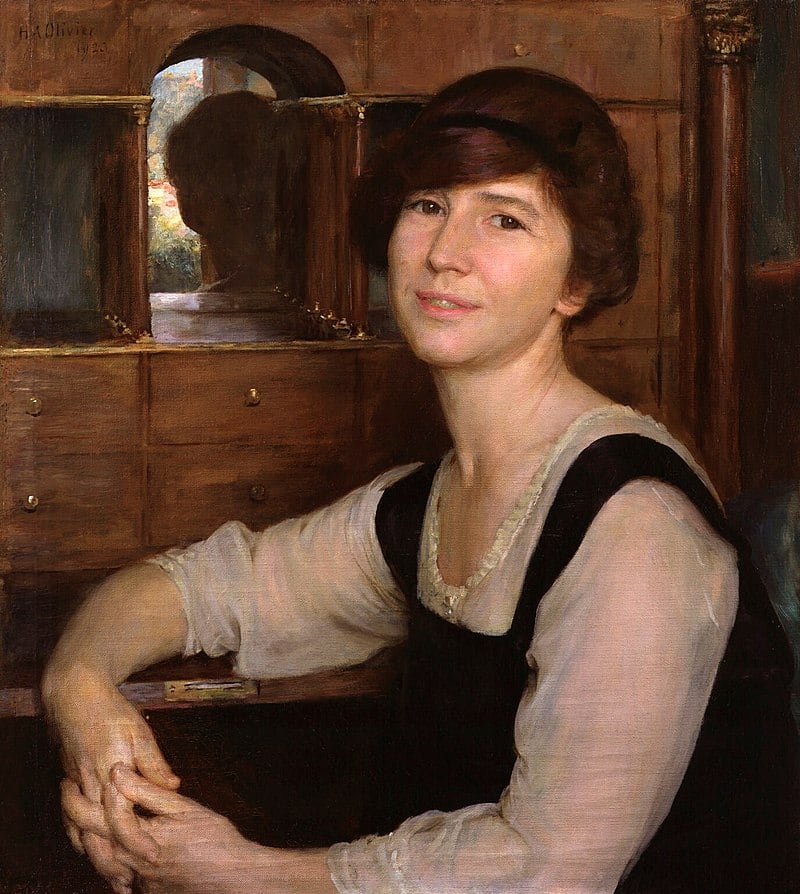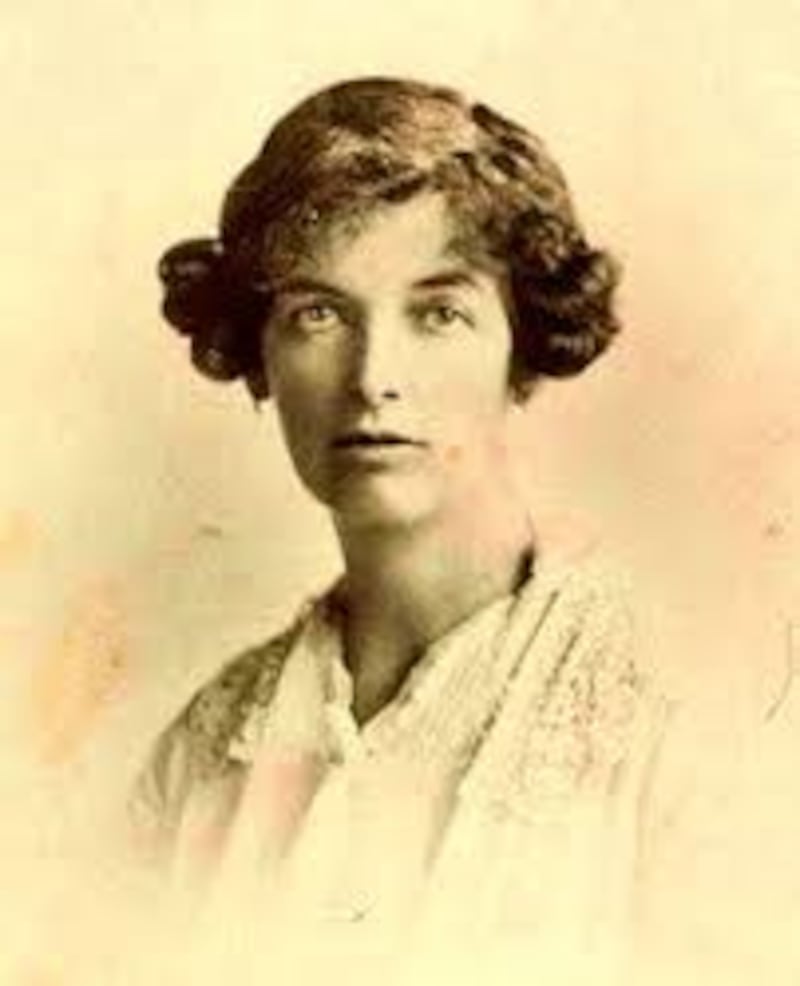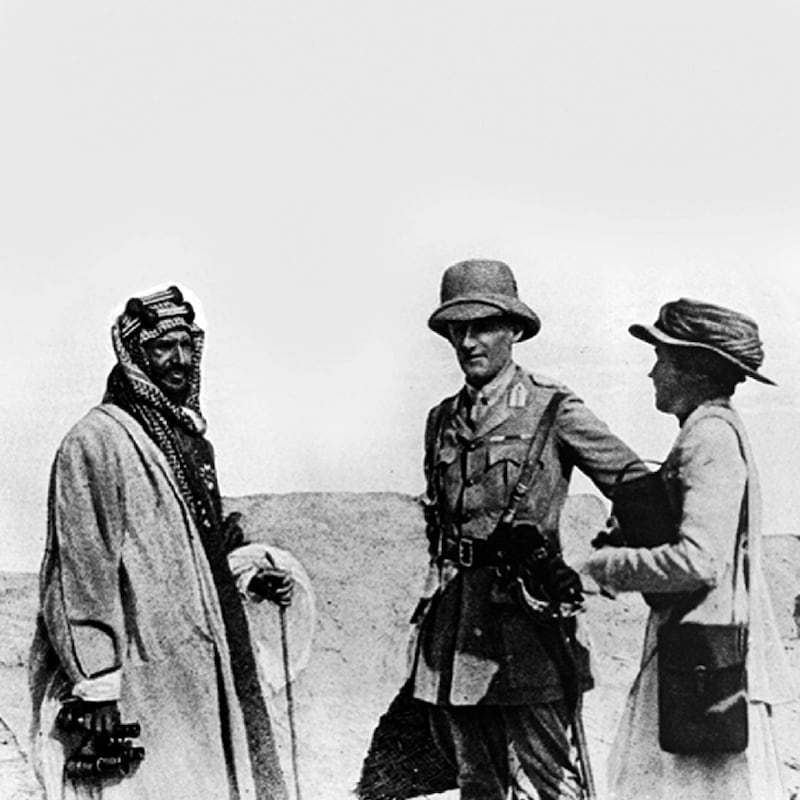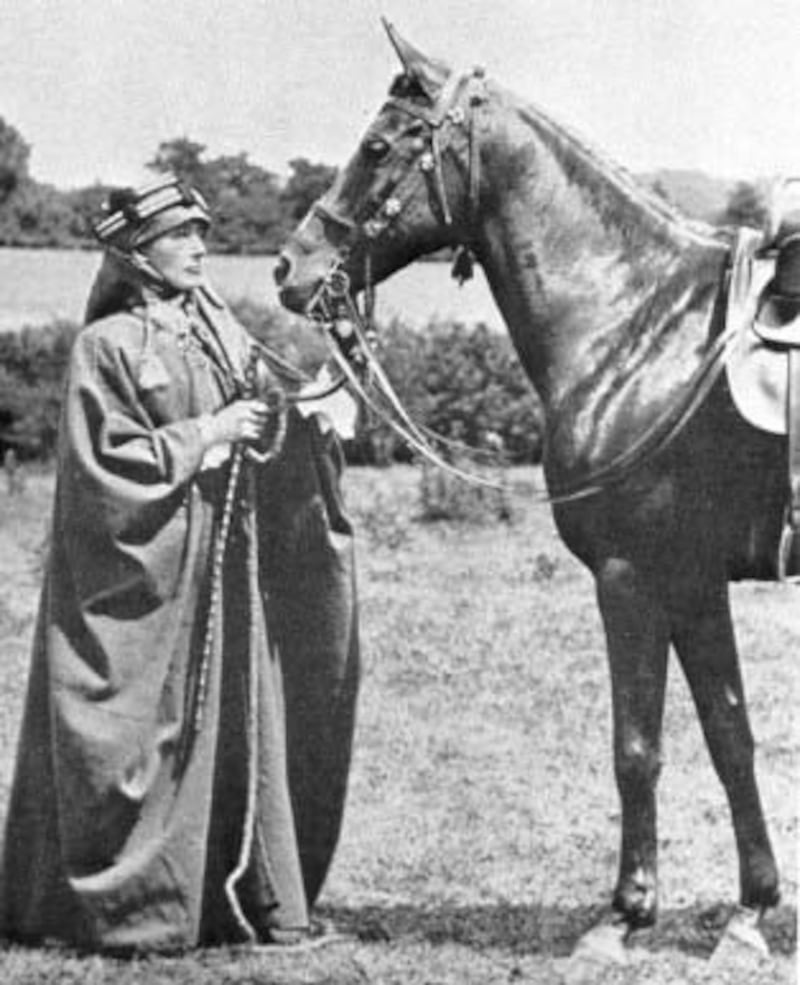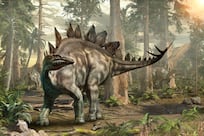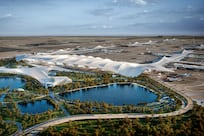It all started with a throwaway remark.
Sitting next to the young Prince Saud, the eldest son of the Saudi King Abdulaziz at Ascot Racecourse in 1936, Princess Alice, the Countess of Athlone, mentioned “out of politeness” how sorry she was she had never visited Arabia.
"He at once asked: 'Why not come?',” the youngest granddaughter of Queen Victoria wrote in her memoirs.
“I murmured something to the effect that no ladies had ever been there, but he said if I did not mind sleeping in tents, it was easy. I replied that I had often slept in camps without tents at all and accepted right away."
Two years later, she became the first British royal to visit what is now Saudi Arabia, which had just discovered oil.
In doing so, she joined a small group of British women to visit the region at the time — long before many of her countrymen had left UK shores to travel abroad.
An exhibition dedicated to the journeys made by five of them, called 'Early British Women Explorers in Arabia', has now opened at the Royal Geographical Society, Exhibition Road, London.
The women — Lady Anne Blunt, Gertrude Bell, Lady Evelyn Cobbold, Freya Stark and Princess Alice — were nothing short of extraordinary, said Reem Philby, the granddaughter of the British explorer Harry St John Philby.
“They travelled and followed what seemed to be the right path for them during times when travelling to new places was like truly travelling into the unknown, with very little information that they could’ve gathered,” Ms Philby, herself an explorer, told The National.
“Their preparation must have been limited, too, and that’s a true sense of exploring that I can only admire.”
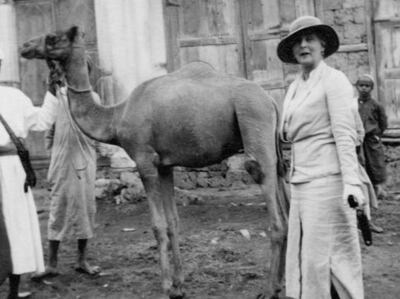
Ms Philby has just returned from completing the Heart of Arabia expedition, in the footsteps of her grandfather who had made the same 1,300km journey about 100 years ago.
“But carrying out this recent journey made me aware of the challenges both my grandfather and these Victorian women faced.
“The harsh cold of the desert at night, the physical challenges of very different terrains and the fear of the unknown. Our route was mapped and safe, theirs very often wasn’t.”
She spoke about that expedition at a launch event in London this week to mark the opening of the exhibition, alongside fellow explorer Dr Elisabeth Kendall, senior research fellow in Arabic and Islamic Studies at Pembroke College, the University of Oxford.
Dr Kendall told the audience that Lady Blunt, who travelled in the region down as far as Hail in the 1880s and 90s buying Arabian horses, made the journey a full half century before Princess Alice.
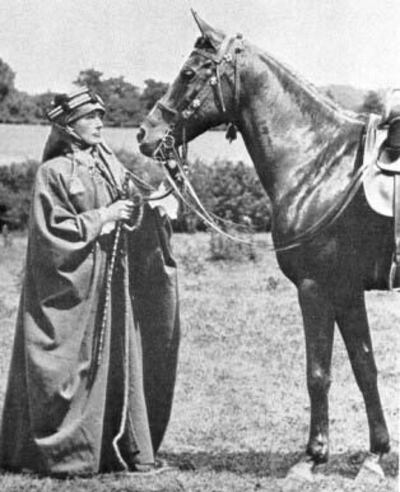
“The earliest lady in this exhibition ventured through Arabia not in a car but on horseback. And using far less reliable maps,” said Dr Kendall, who visits the Arabian region regularly for research.
About a decade later, she was followed by Gertrude Bell, who is known for her archaeological explorations.
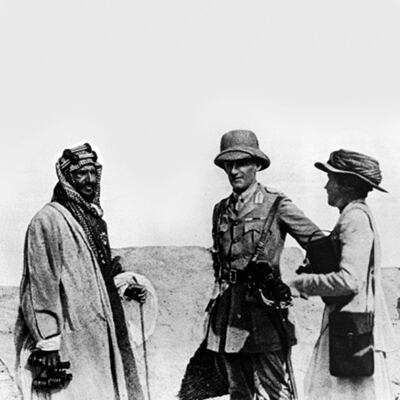
“It’s hard to know how to describe her — archaeologist, cartographer, intelligence officer, political policymaker. She was constantly getting into scrapes, having proper adventures, being imprisoned, getting into the middle of tribal wars,” Dr Kendall said.
Lady Evelyn Cobbold was a Muslim and the first British-born woman to carry out Hajj.
“I was fascinated to hear she used to holiday in North Africa as a child, to the extent that when she met the Pope face-to-face, she just burst out saying she was a Muslim, impulsively. But then she did actually do the Hajj. She converted to Islam and went on pilgrimage to Makkah. You can see it all in the exhibition.”
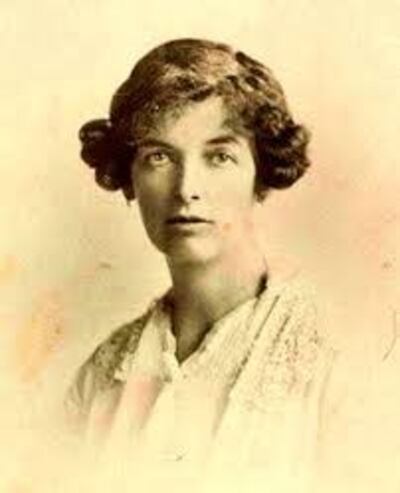
Freya Stark, the historian and writer who went to some of the most dangerous corners of the Hadhramaut, is the fifth woman featured in the exhibition.
“She was also actively trekking in the region in the 1930s. She ventured through Iran, Iraq, Syria, Yemen and continued her expeditions right up into her 70s.
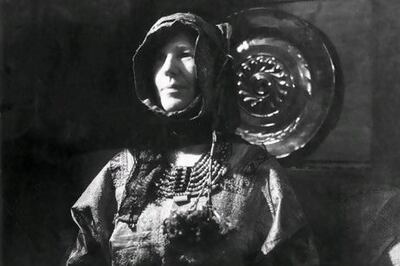
“What all these extraordinary women had in common was their love of adventure. And I think we should also say the financial means to make that a reality,” Dr Kendall said.
“Their openness to otherworld views, and how warmly they were received, most of the time. This insatiable curiosity. And then, finally and really importantly for us, their note-making, their diary-writing and in some cases their photography. And of course their sketches and watercolours.”
The exhibition closes on Sunday, March 5.
